The **Blue-breasted Kingfisher (Halcyon malimbica)** is a striking and colorful bird native to the tropical forests of West and Central Africa. Known for its vivid plumage, the Blue-breasted Kingfisher sports a bright blue back, wings, and tail, with a contrasting chestnut-brown head and a distinctive blue band across its chest. The bird’s large, red bill and white throat further add to its distinctive appearance. This kingfisher is typically found in dense, forested areas near rivers, streams, and wetlands, where it spends much of its time hunting for food.

Unlike many other kingfisher species that specialize in catching fish, the Blue-breasted Kingfisher has a more varied diet. While it will occasionally catch small fish, it primarily preys on insects, small reptiles, amphibians, and even small mammals. The bird hunts from a perch, often high in the forest canopy, where it scans the ground below for movement. Once it spots prey, it swoops down in a swift, direct flight to capture its meal with its powerful bill. This versatility in feeding habits allows the Blue-breasted Kingfisher to thrive in a range of forested habitats.
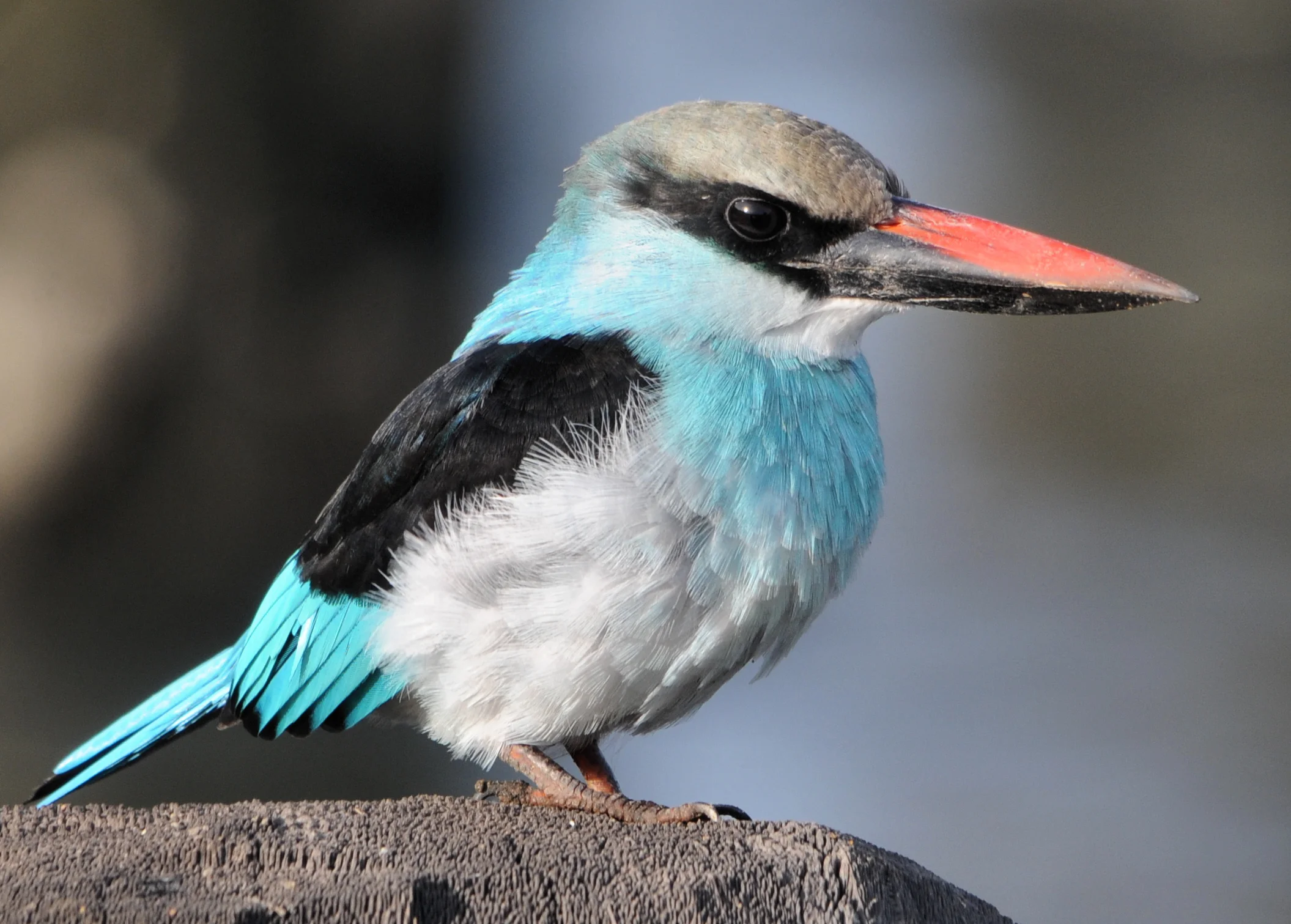
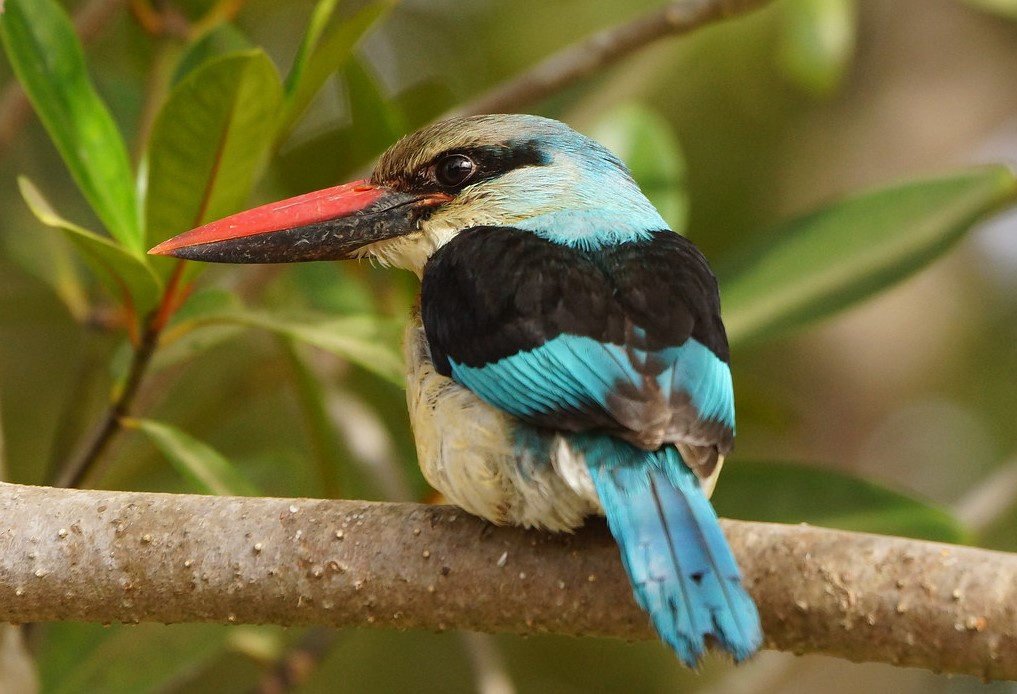
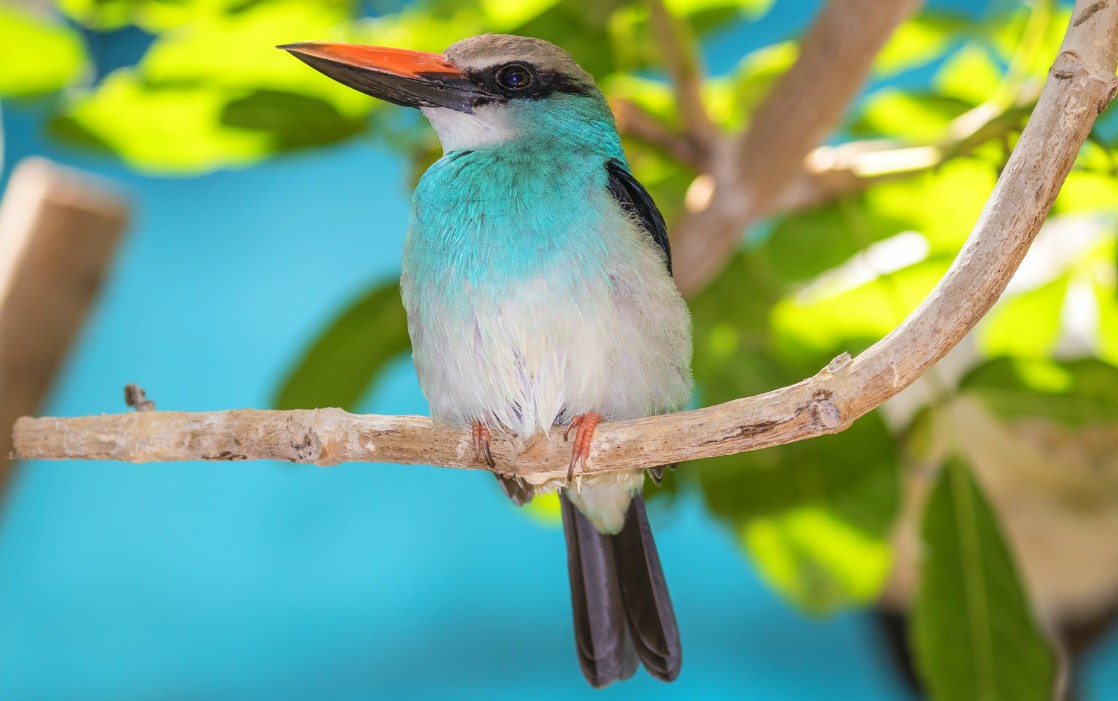
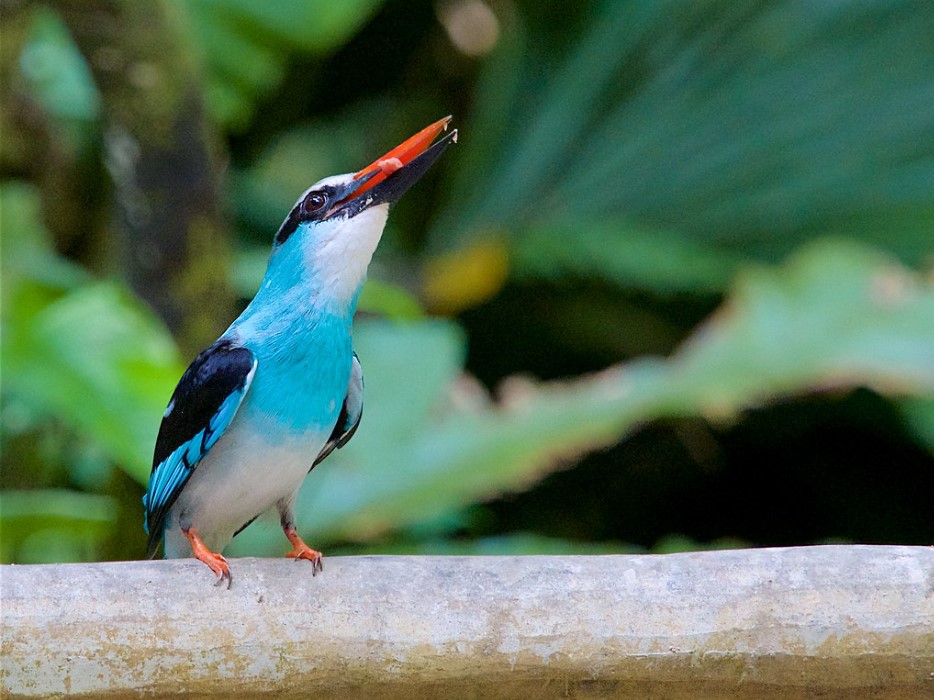
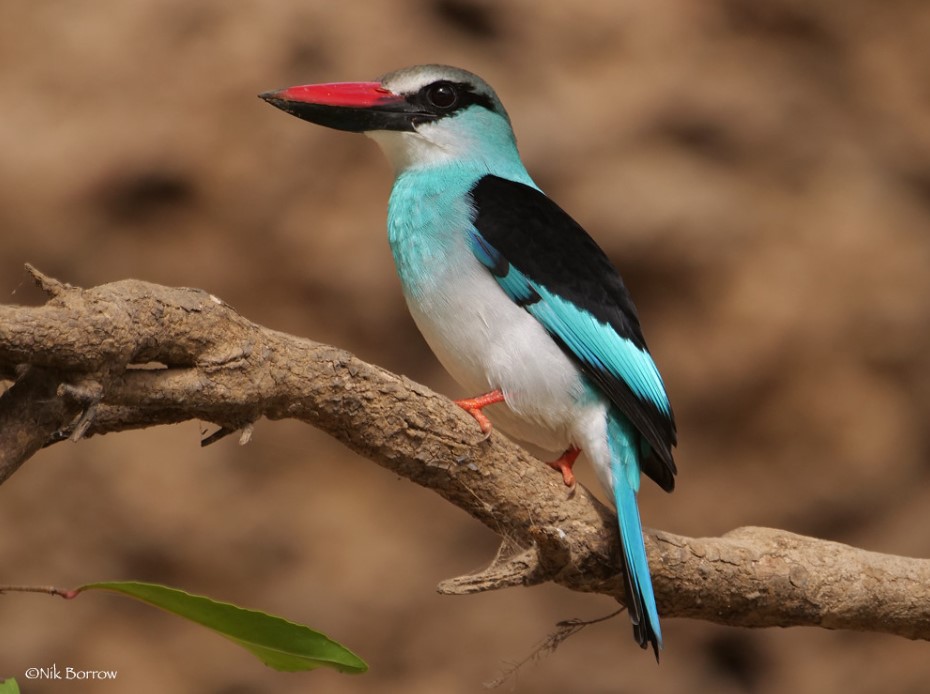
The breeding season for the Blue-breasted Kingfisher typically occurs during the rainy season, which varies depending on its location. They nest in tree cavities, termite mounds, or even burrows dug into riverbanks. The female lays a clutch of 2-4 eggs, which both parents help to incubate. The chicks are altricial, meaning they hatch blind and helpless, relying entirely on their parents for food and protection until they are ready to fledge. Although this kingfisher is not currently considered threatened, habitat loss due to deforestation poses a potential risk to its populations, emphasizing the importance of forest conservation in its range.